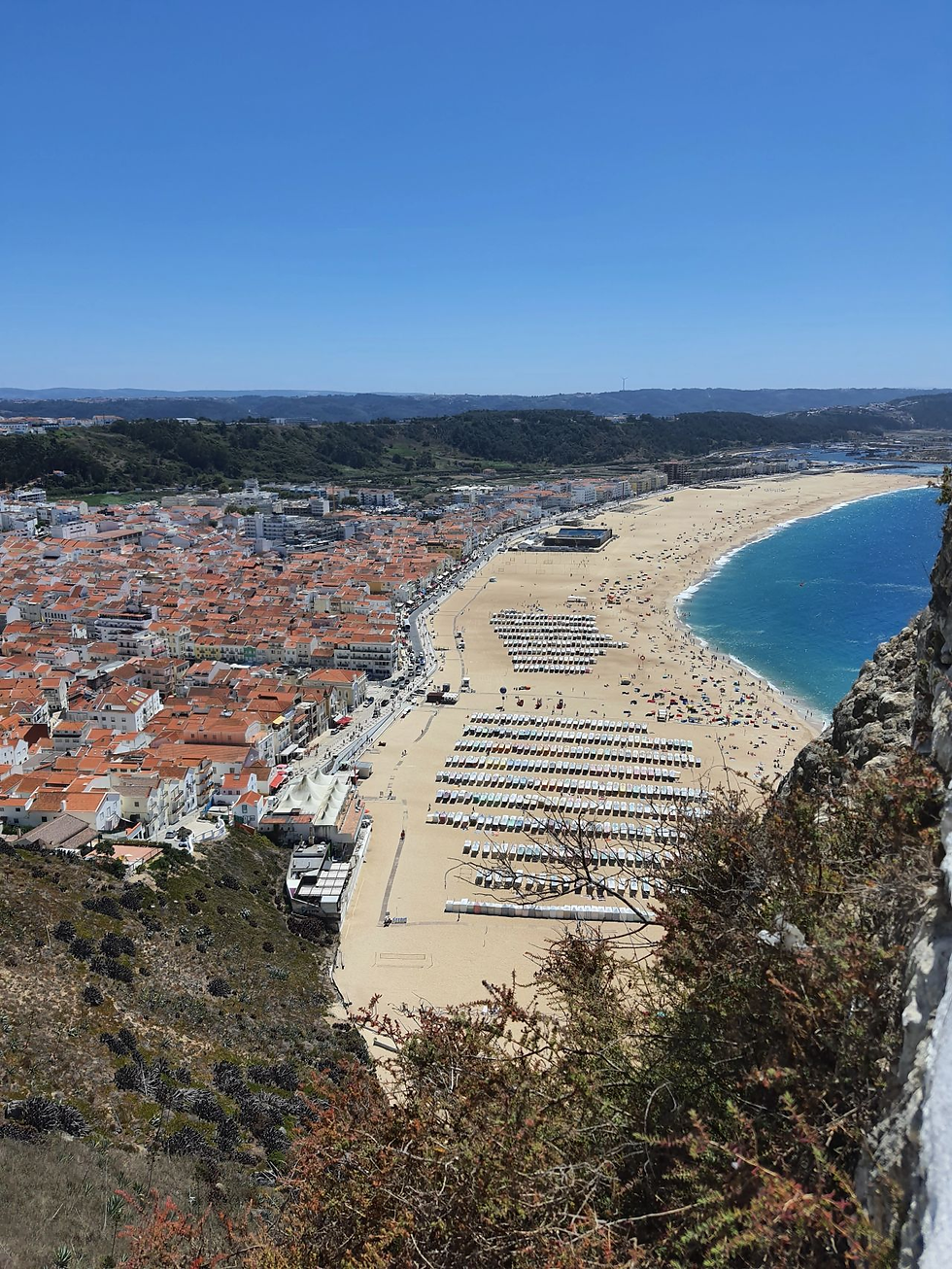Will the 'Heat Island' Effect Make European Cities Uninhabitable?
- Nejla Kılınç
- Aug 12
- 2 min read
Temperatures are scorching across much of Europe. Once again, the summer of 2025 has been marked by successive heatwaves sweeping large parts of the continent.
Nowhere are the effects of these extreme weather events felt more intensely than in Europe’s urban areas. The reason is the Urban Heat Island (UHI) effect, which amplifies heatwaves by significantly increasing temperatures compared to surrounding rural areas.
Belgian climate expert Niels Souverijns explains:“This urban heat island effect is affecting cities across Europe, causing temperatures in cities to be 2, 3, 4, or even sometimes 10 degrees higher than in rural areas.”
Around 40% of Europe’s total population lives in cities, while about 70% live in urban areas.
A study in Portugal found that during heatwave days, hospital admissions increased by 18.9% compared to baseline levels, putting additional strain on healthcare systems. Vulnerable groups such as the elderly and young children are particularly at risk. Elderly people with underlying health conditions, such as respiratory or cardiovascular diseases, are the most affected.
The urban heat island effect results from a range of factors, from the widespread use of certain materials to dense building structures and heavy traffic.
Climate scientist Wim Thiery notes:
“The fact that the city is warmer than its surrounding area comes from the materials used in cities. These include asphalt and concrete, which absorb heat when the sun shines, store it, and release it at night. As a result, peak daytime temperatures in cities are higher, while nighttime cooling is reduced. High-rise buildings and narrow streets also contribute, trapping air between them and blocking the natural wind flow that would help cool the air.”
The magnitude of the urban heat island effect is strongly linked to the size of a city and the amount of concrete and buildings it contains. Larger cities with more built-up areas tend to be more affected.
Traffic congestion is also a factor. Pollution from vehicles can create a sort of greenhouse gas layer over the city, trapping hot air.
The urban heat island effect is expected to worsen in the future. Cities can take several measures to offset it, such as creating wind corridors for ventilation, designing green roofs and façades, planting more vegetation, and improving water management.
Experts warn that without reducing CO₂ emissions to zero, cities could face a “temperature tsunami,” potentially making them uninhabitable.
“In essence, we need to redesign cities to remove as much concrete as possible.”
Source: Euronews





